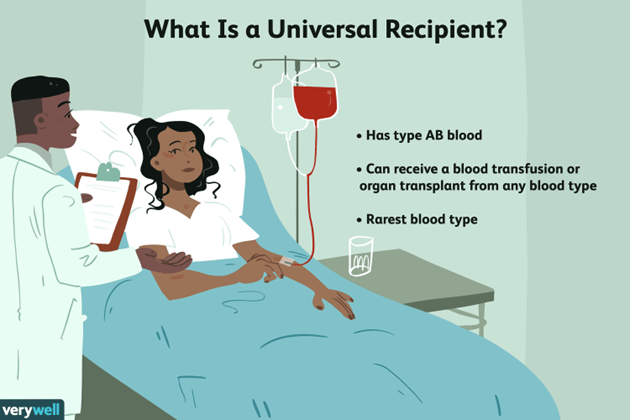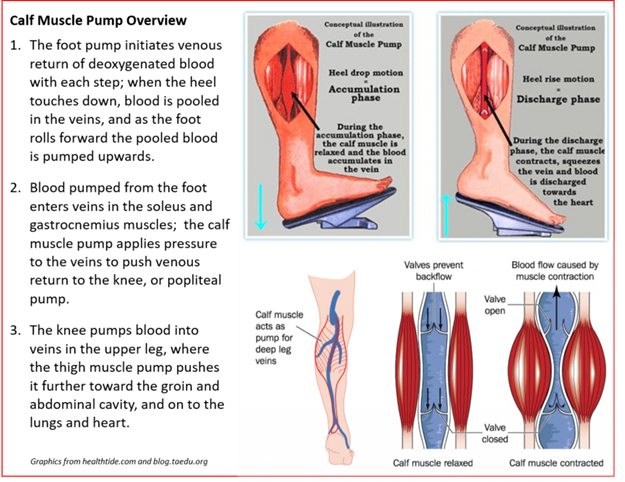Persons with type AB blood are sometimes called universal donors.
True
False
The Correct Answer is B
Persons with type AB blood are sometimes called universal recipients, not donors. This means they can safely receive a blood transfusion using any other blood type. Choice A is wrong because it confuses type AB blood with type O negative blood.
Type O negative blood is considered the universal donor type because it has no antigens on the surface of red blood cells and can be given to people of any blood type.
Type AB-positive blood is also considered the universal plasma donor type because it has both A and B antigens and can be given to patients with any blood type.
Plasma is the liquid part of blood that carries cells and proteins throughout the body.
The presence or absence of antigens and the Rh factor determine how a person’s immune system reacts to a blood transfusion or organ transplant.
Antigens are substances that can trigger an immune response if they are foreign to the body.
The Rh factor is a protein that can be either present (+) or absent (-) on the surface of red blood cells.

Nursing Test Bank
Naxlex Comprehensive Predictor Exams
Related Questions
Correct Answer is D
Explanation
The pulmonary circuit sends oxygen-poor blood to the lungs, where it is oxygenated and returned to the heart.
This is distinguished from the systemic circuit, which sends oxygen-rich blood to the tissues and returns oxygen-poor blood to the heart.
Choice A is wrong because it confuses the pulmonary circuit with the systemic circuit. The pulmonary circuit does not send blood to the tissues but to the lungs.
Choice B is wrong because it only describes part of the pulmonary circuit.
The pulmonary circuit sends oxygen-poor blood to the heart, but only after it has been oxygenated in the lungs.
Choice C is wrong because it confuses the pulmonary circuit with the systemic circuit. The pulmonary circuit does not bring blood from the tissues but from the heart.
Correct Answer is D
Explanation

This helps prevent blood pooling and clotting in the lower extremities, which can lead to deep vein thrombosis and pulmonary embolism.
It also reduces the workload on the heart and improves blood circulation throughout the body.
Choice A is wrong because contraction of muscles does not stimulate the arteries to vasodilate, but rather causes vasoconstriction in the inactive tissues to divert blood flow to the active muscles.
Choice B is wrong because the contraction of muscles itself does not increase heart rate significantly unless it is part of an aerobic exercise that elevates the metabolic demand.
Burning calories and keeping the heart strong are benefits of regular physical activity, not occasional muscle contraction.
Choice C is wrong because contraction of the leg muscles does not stimulate baroreceptors, which are pressure-sensitive receptors located in the walls of the arteries.
Baroreceptors respond to changes in blood pressure and signal the autonomic nervous system to adjust heart rate and vascular resistance accordingly.
Contraction of the leg muscles does not affect blood pressure or heart rate directly but rather assists with venous return.
Whether you are a student looking to ace your exams or a practicing nurse seeking to enhance your expertise , our nursing education contents will empower you with the confidence and competence to make a difference in the lives of patients and become a respected leader in the healthcare field.
Visit Naxlex, invest in your future and unlock endless possibilities with our unparalleled nursing education contents today
Report Wrong Answer on the Current Question
Do you disagree with the answer? If yes, what is your expected answer? Explain.
Kindly be descriptive with the issue you are facing.
